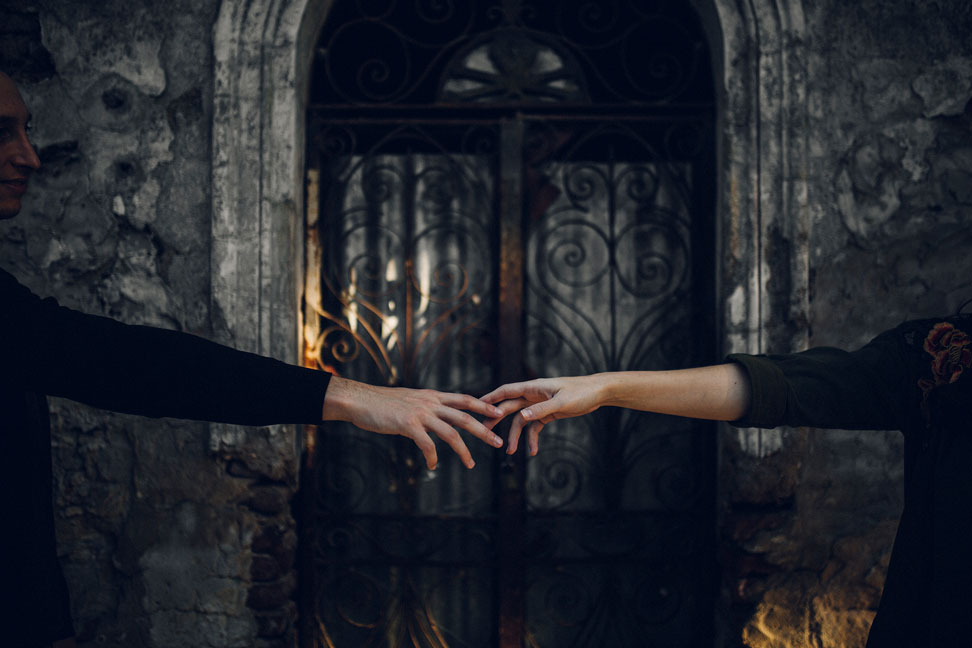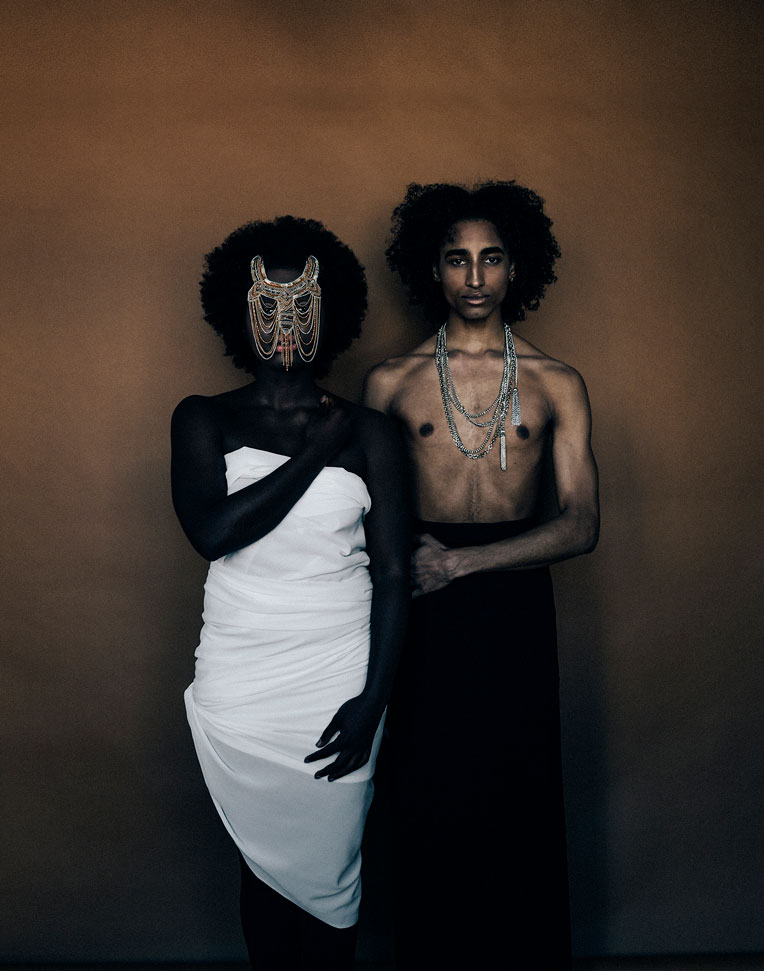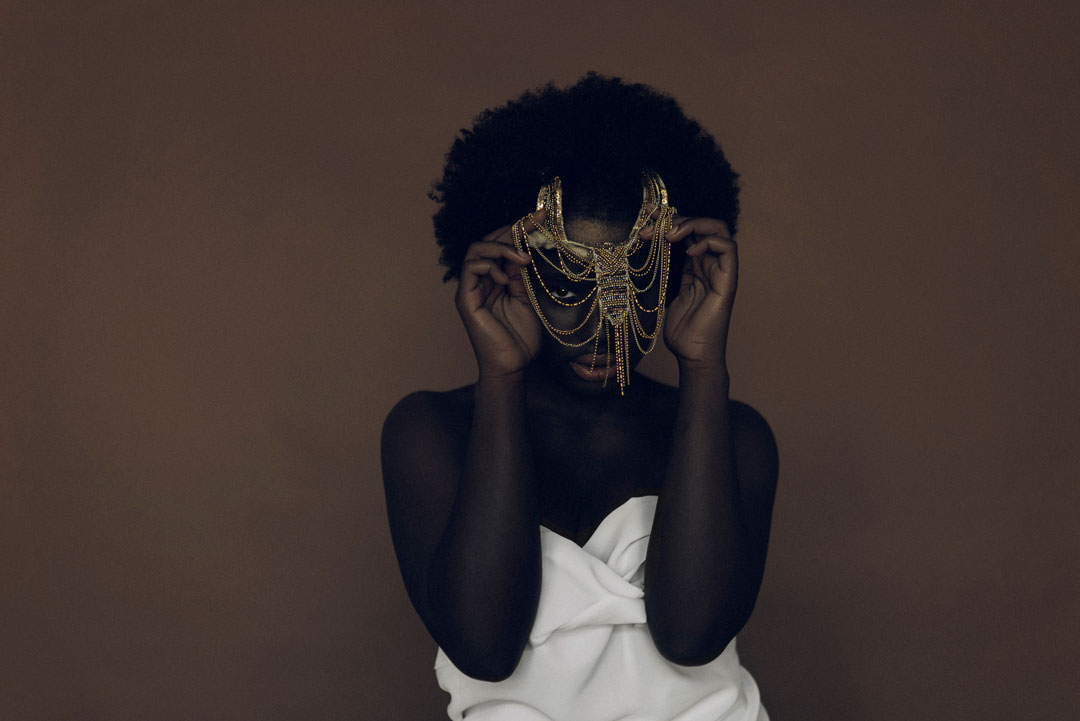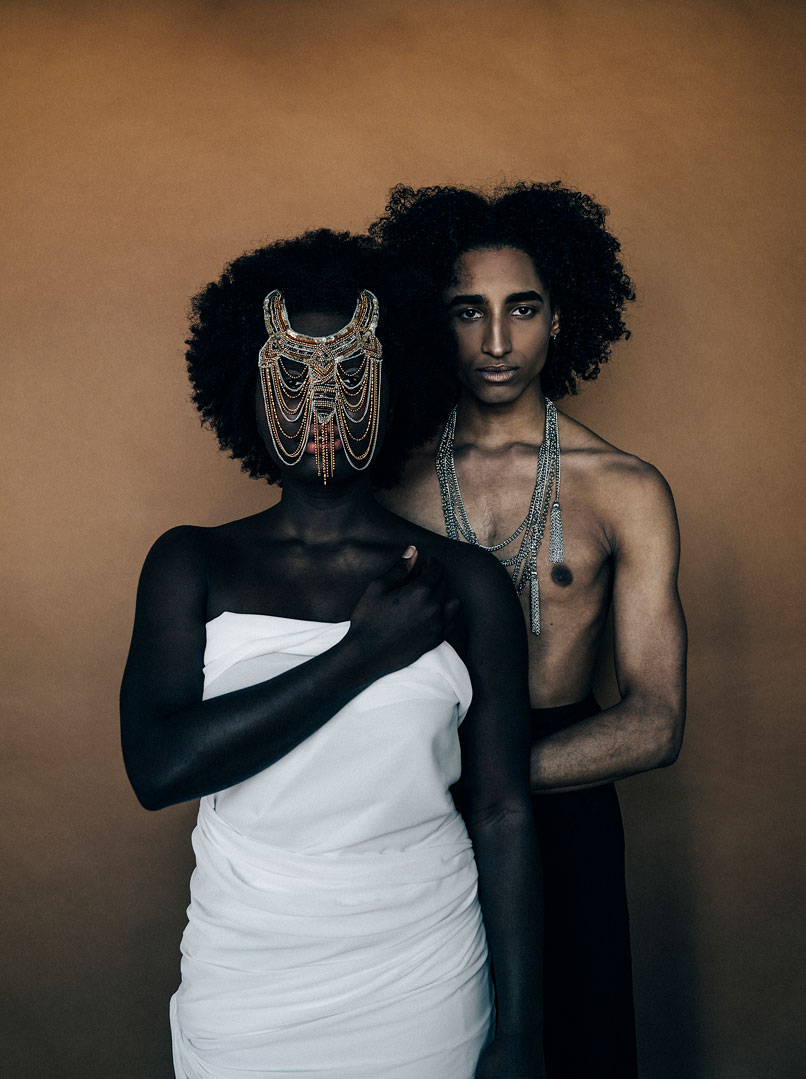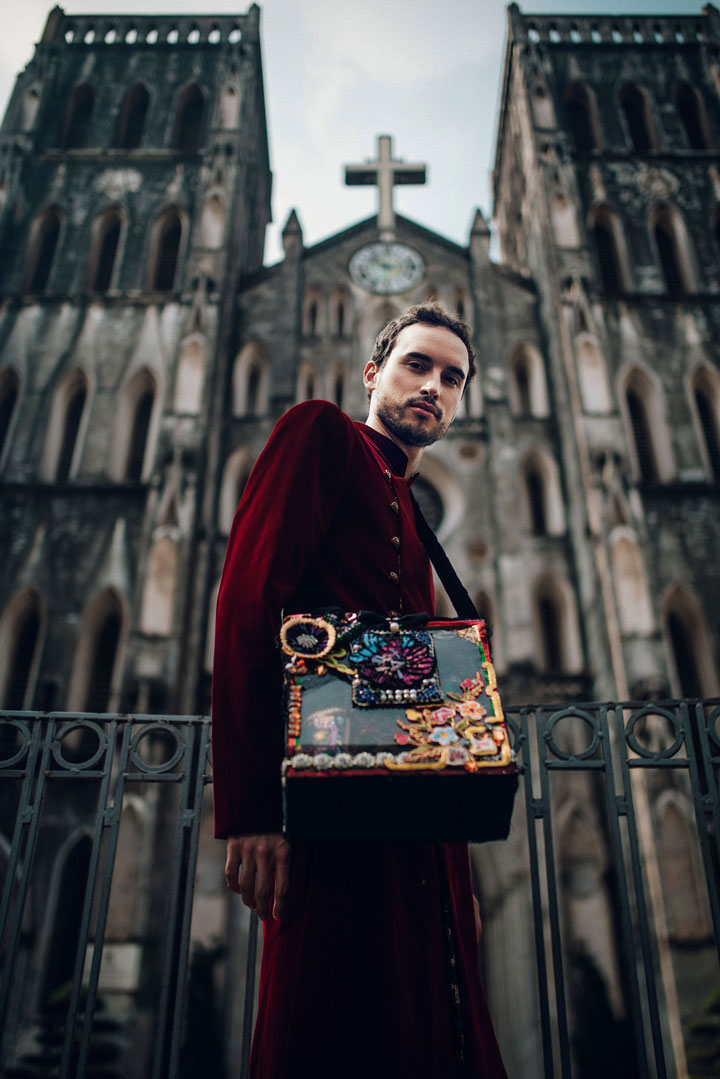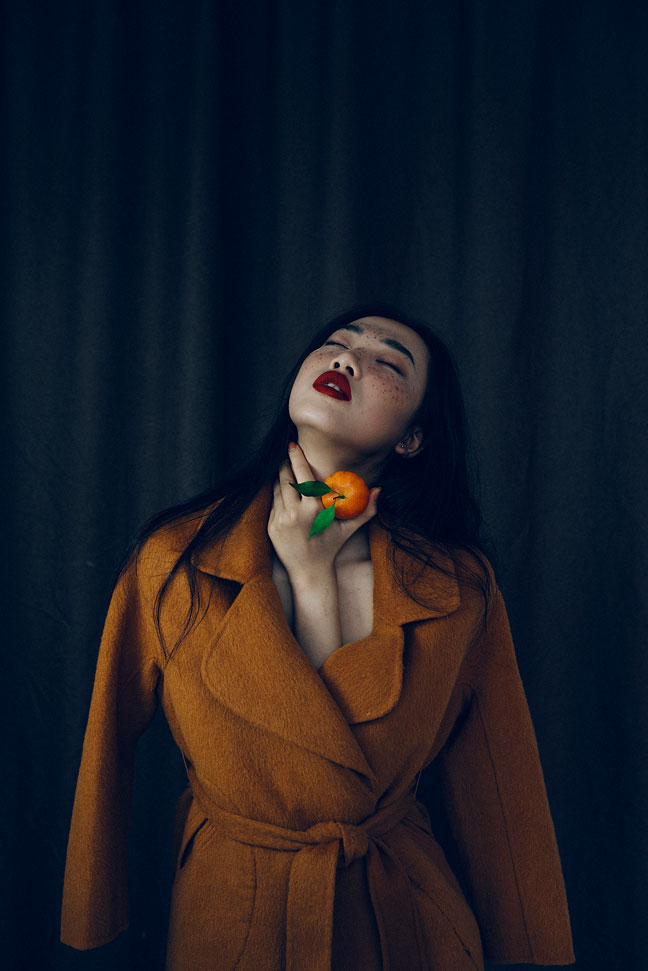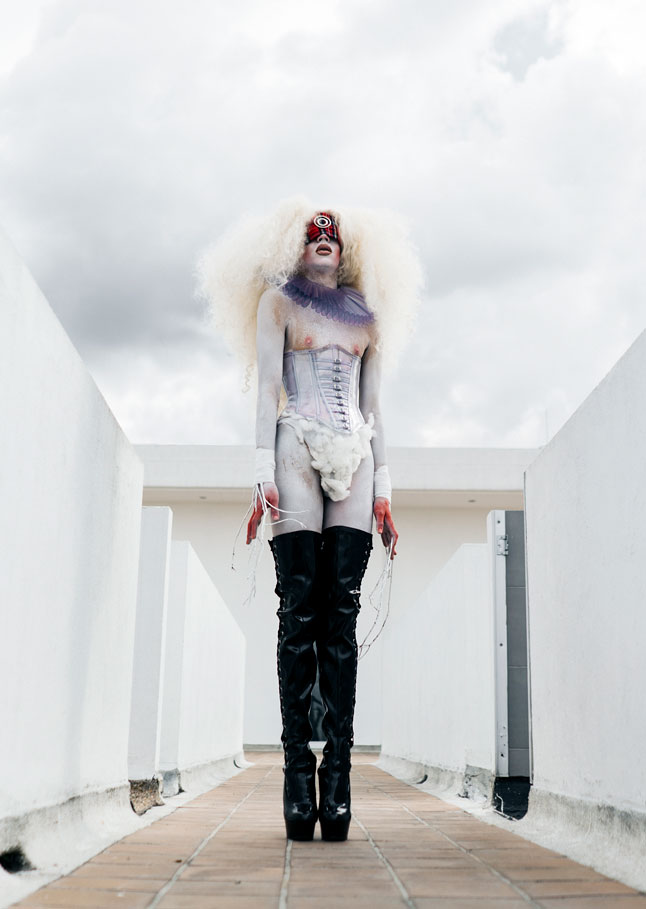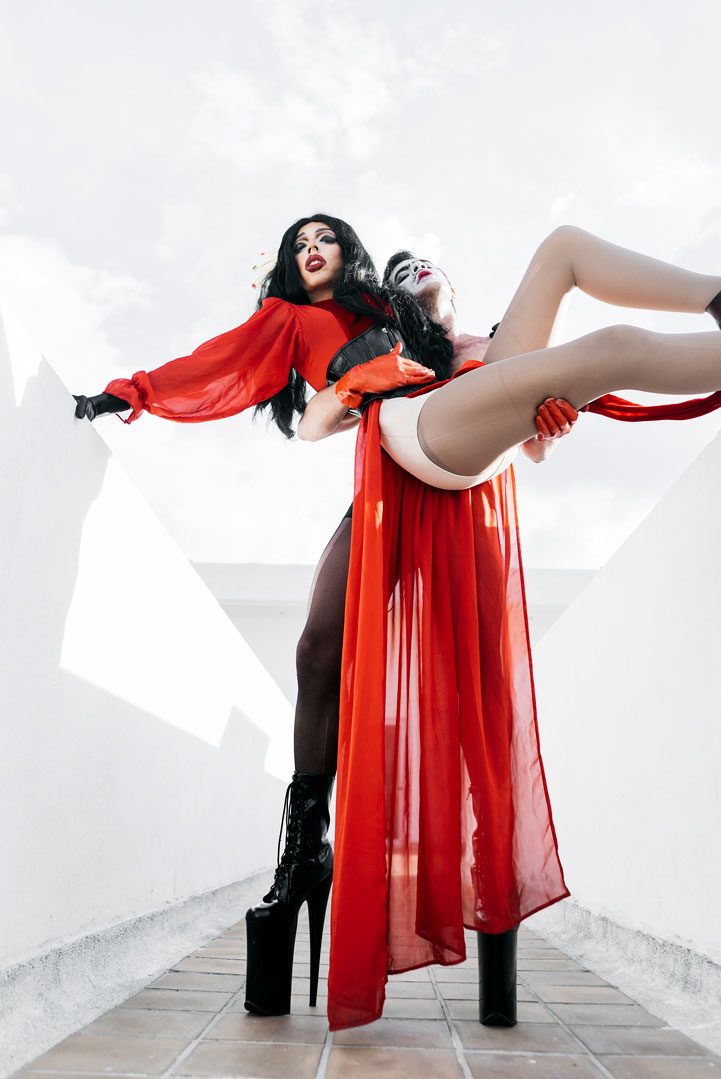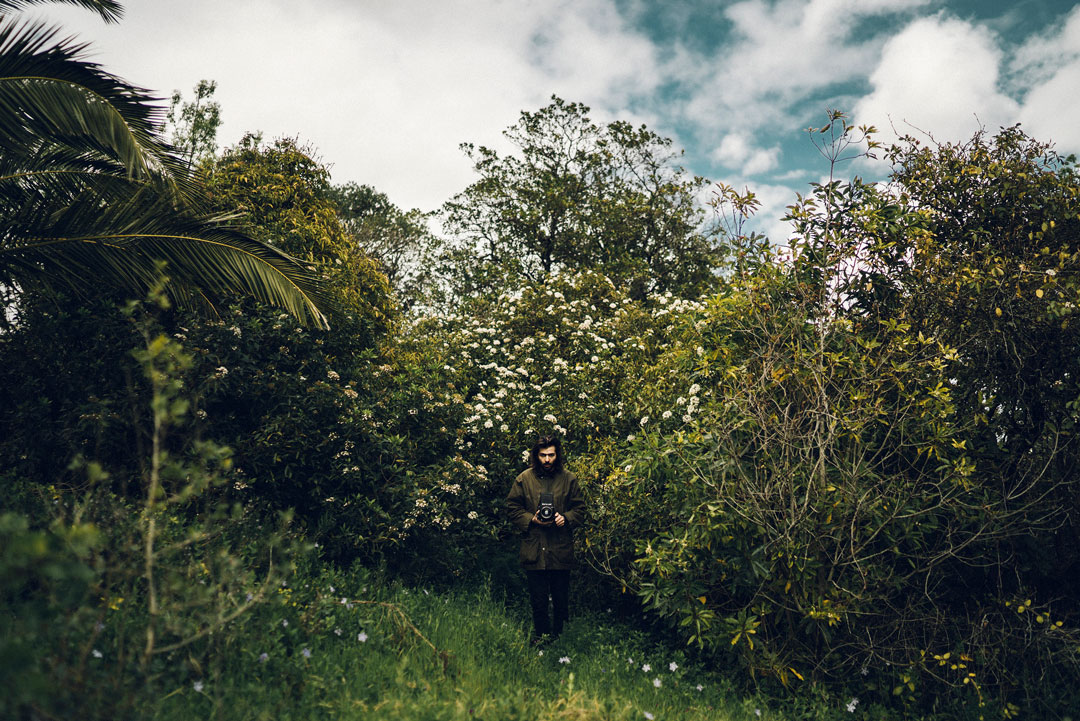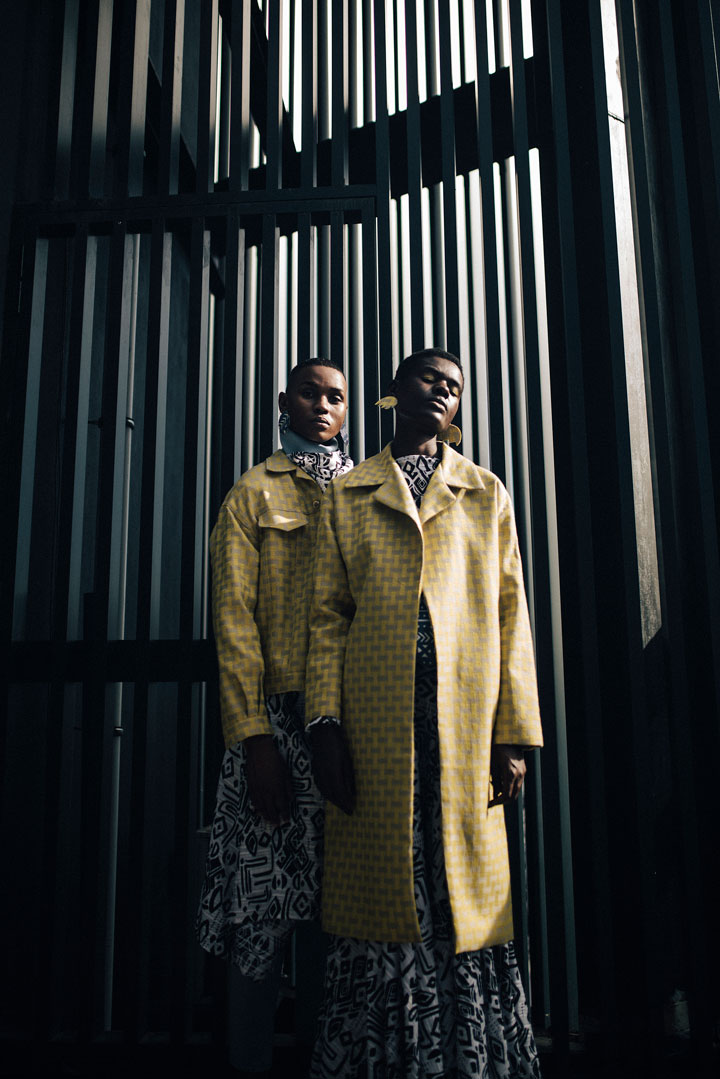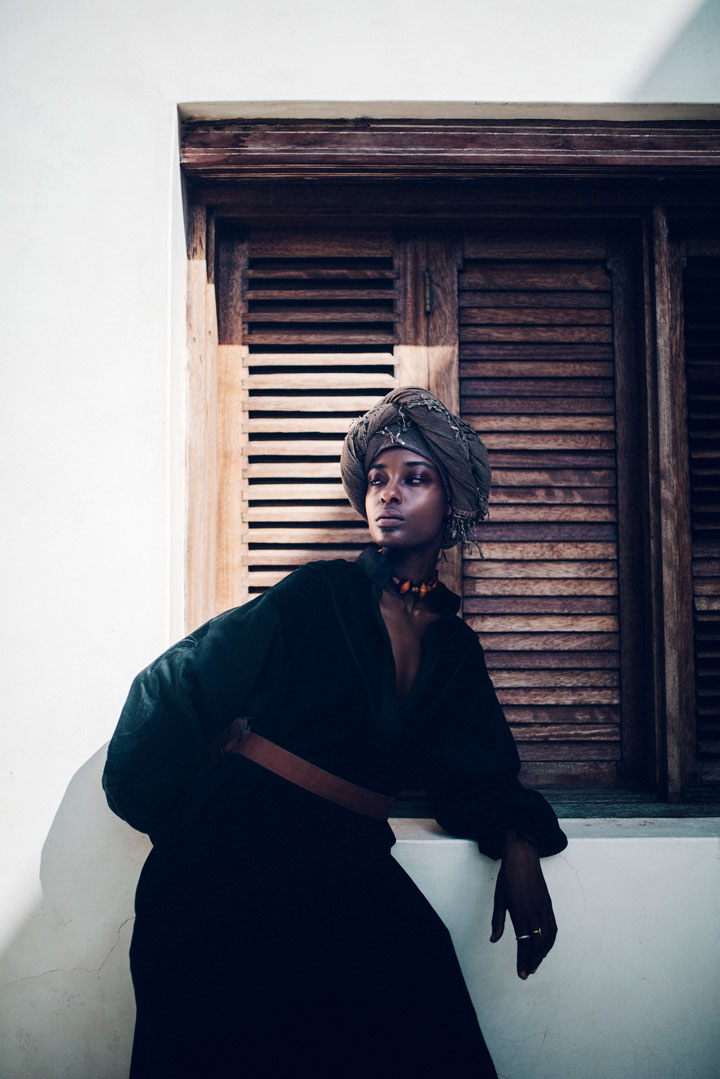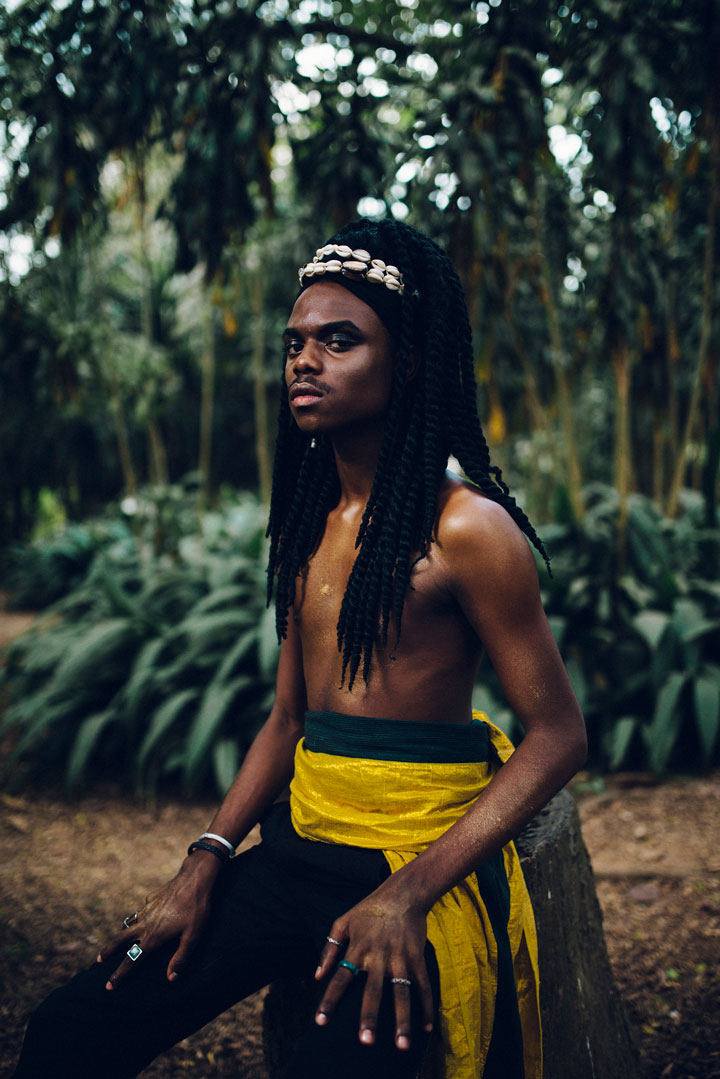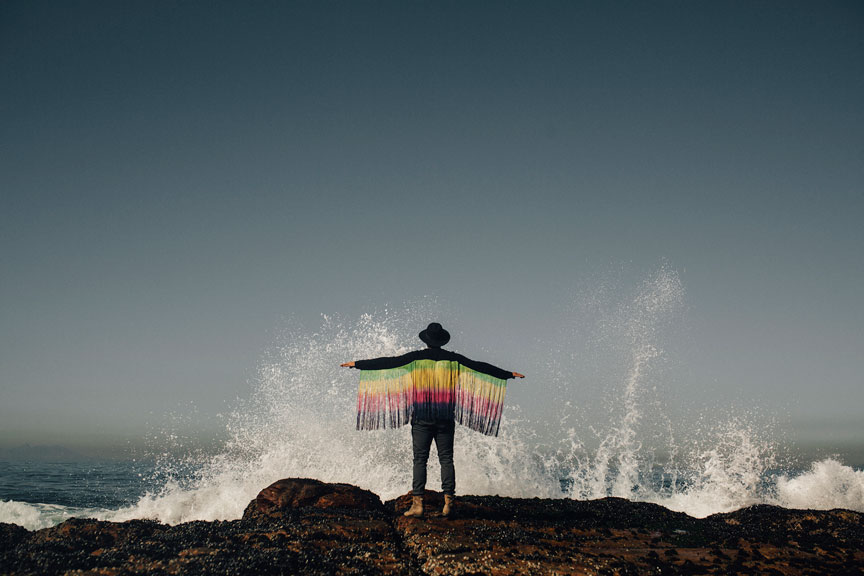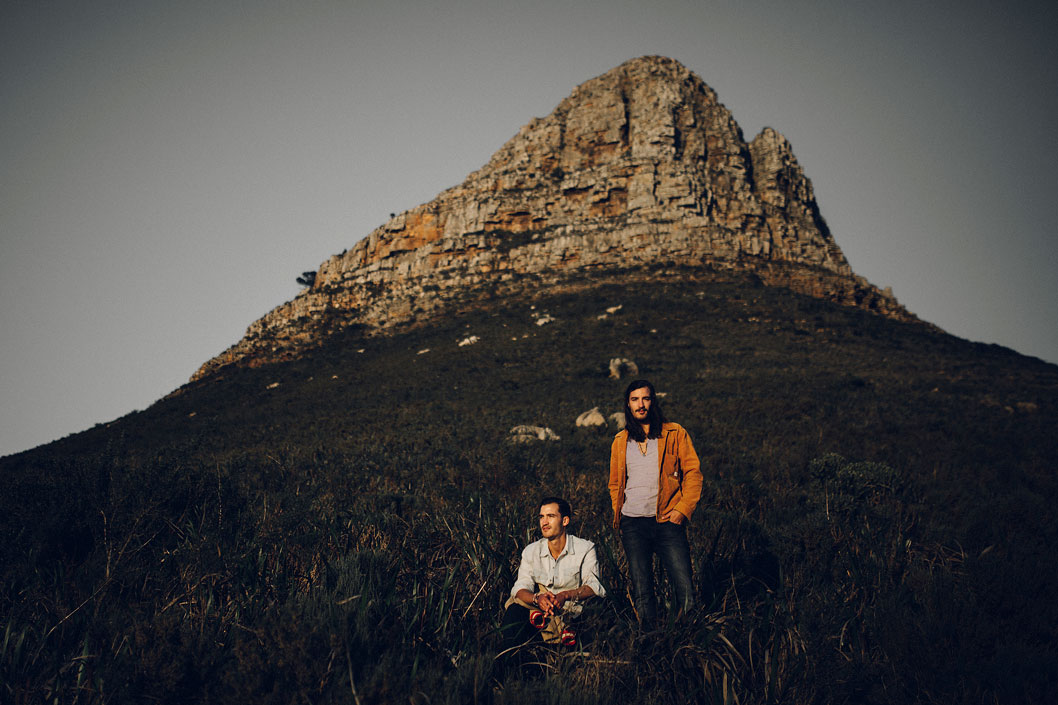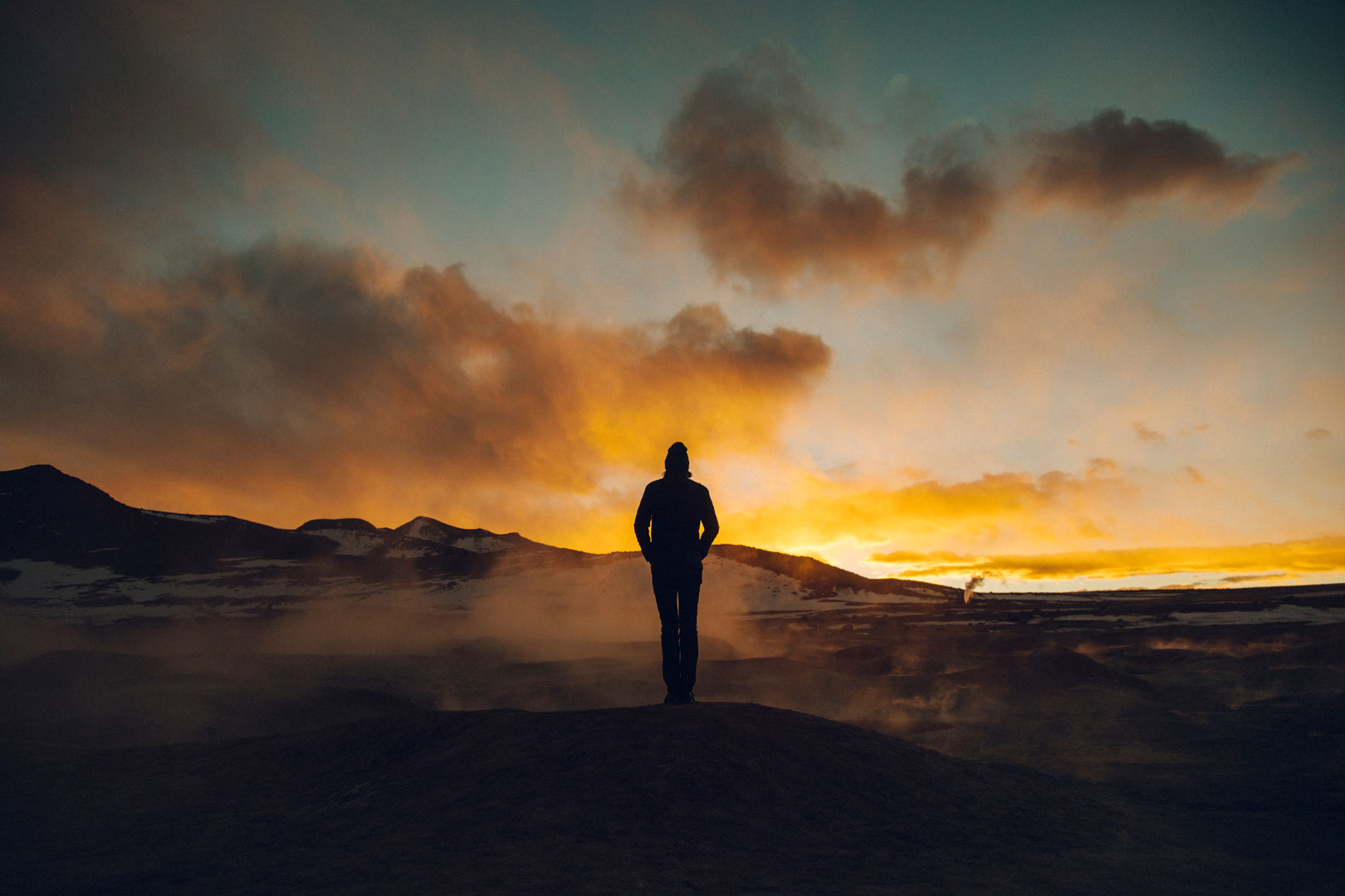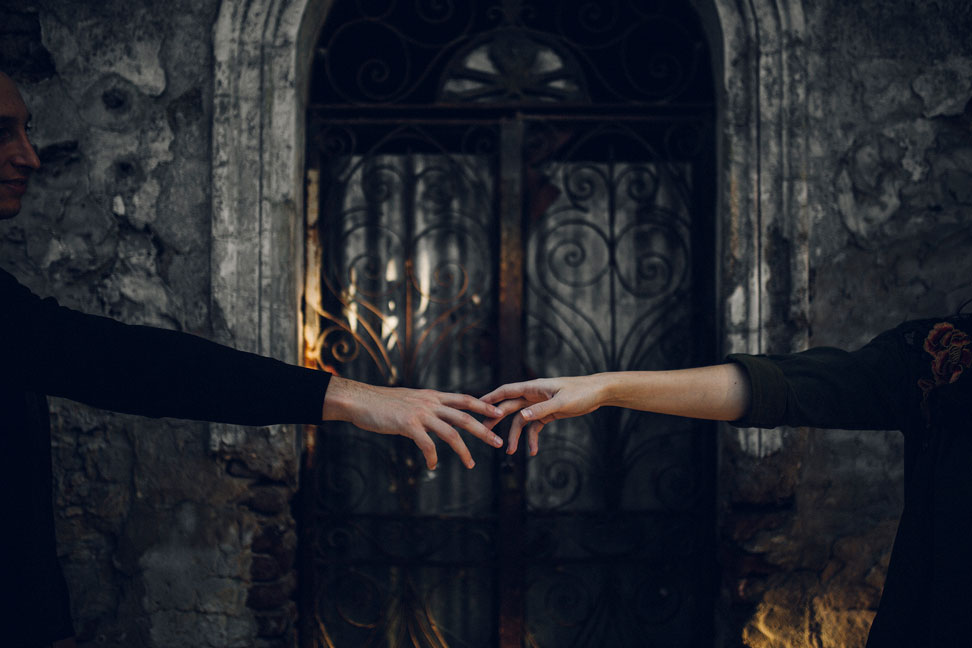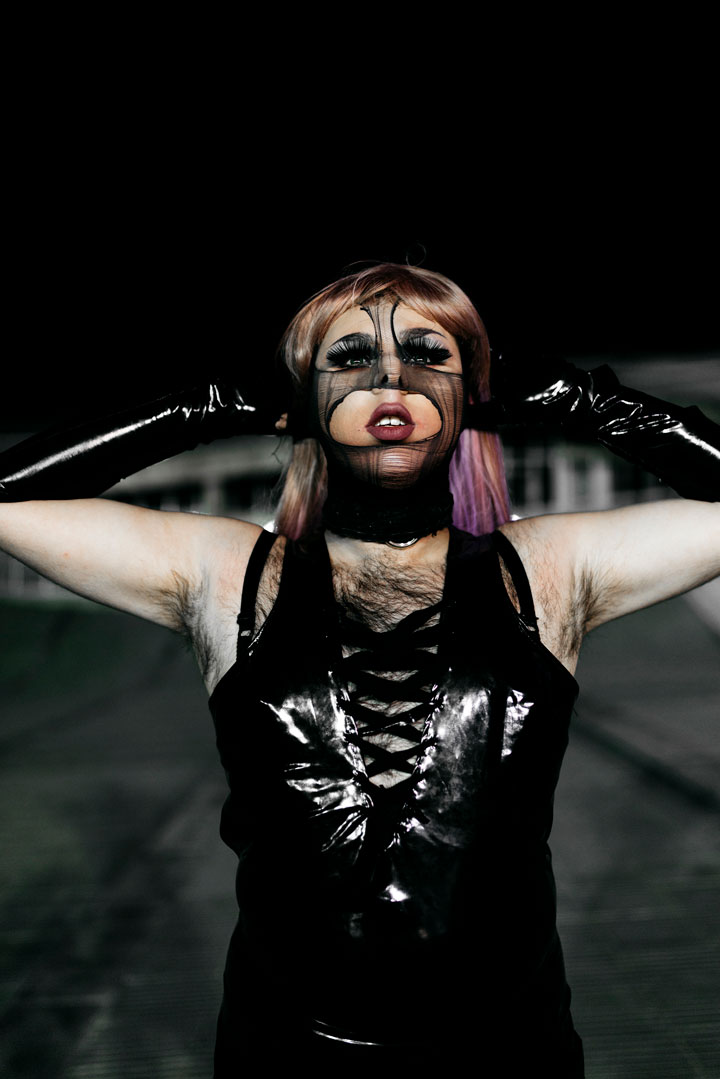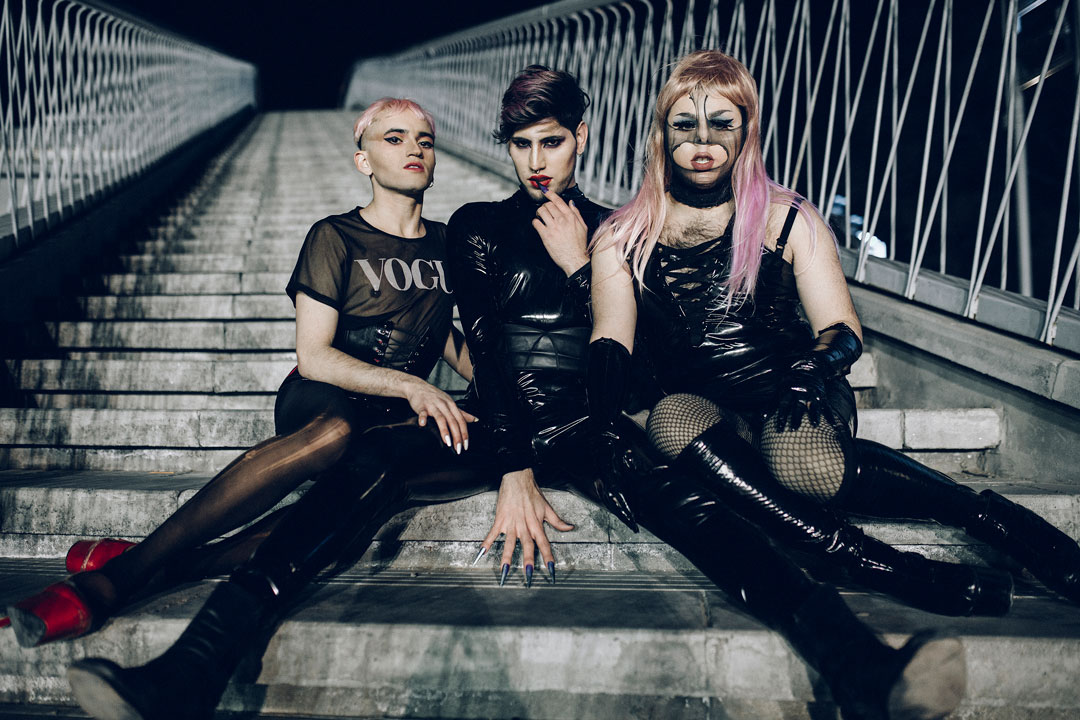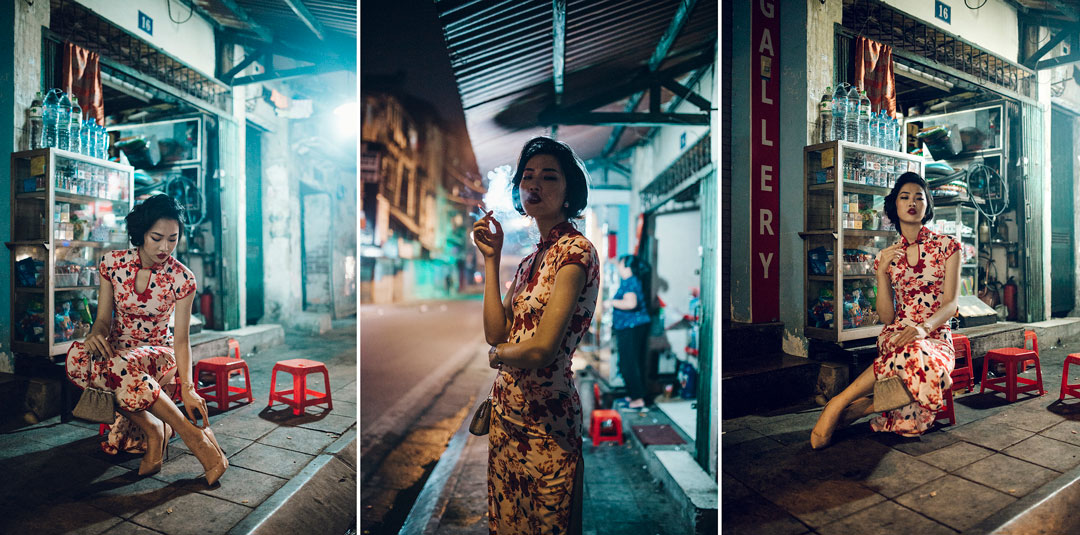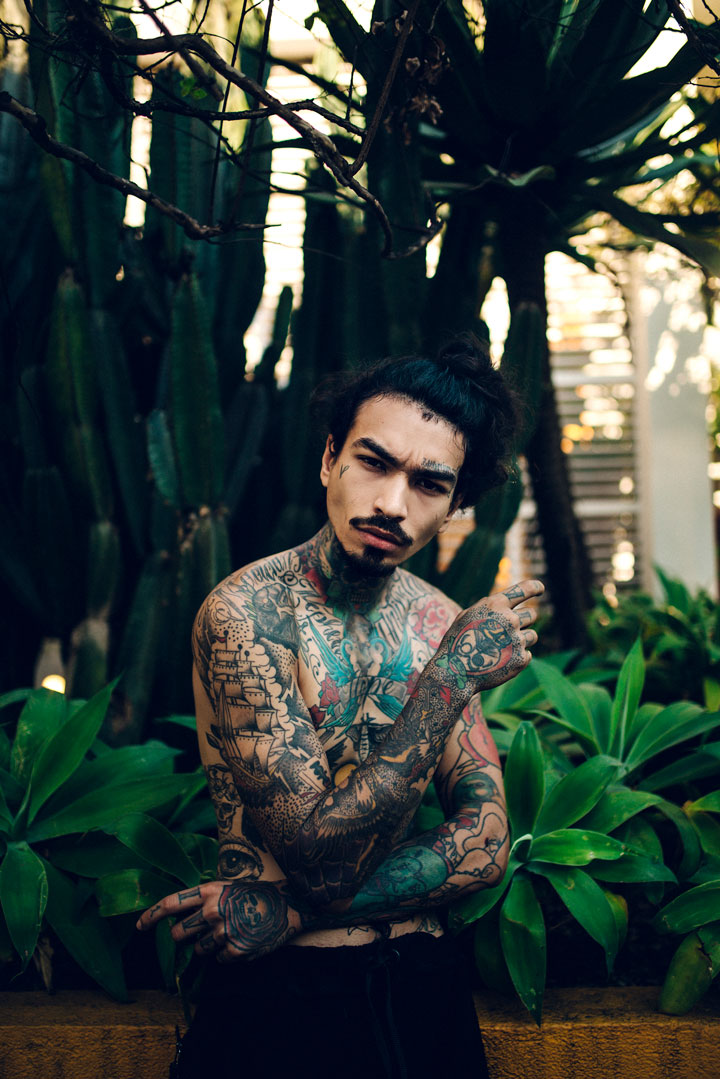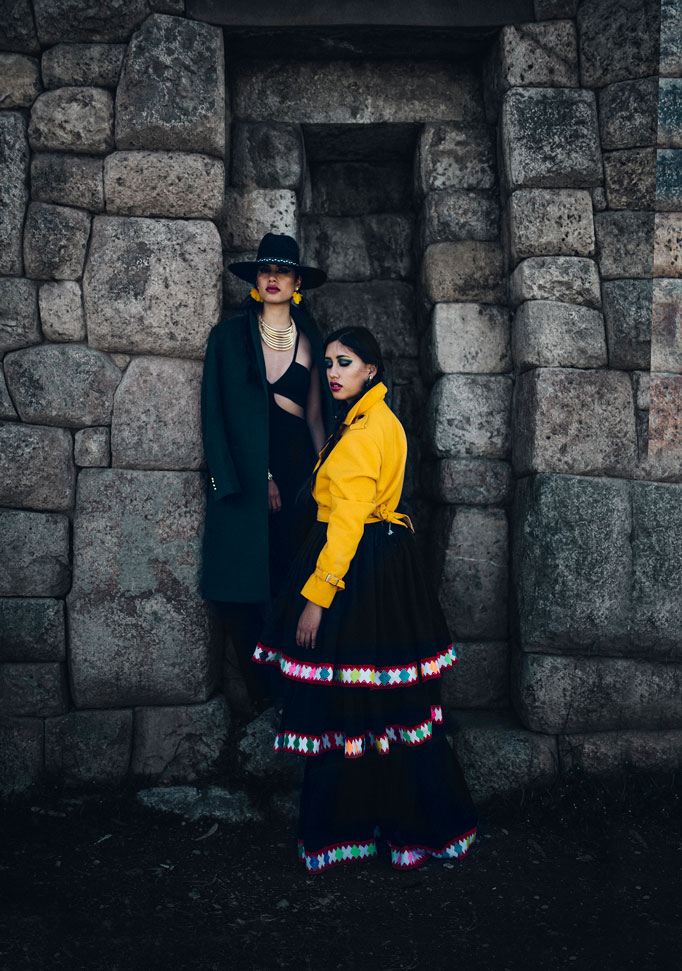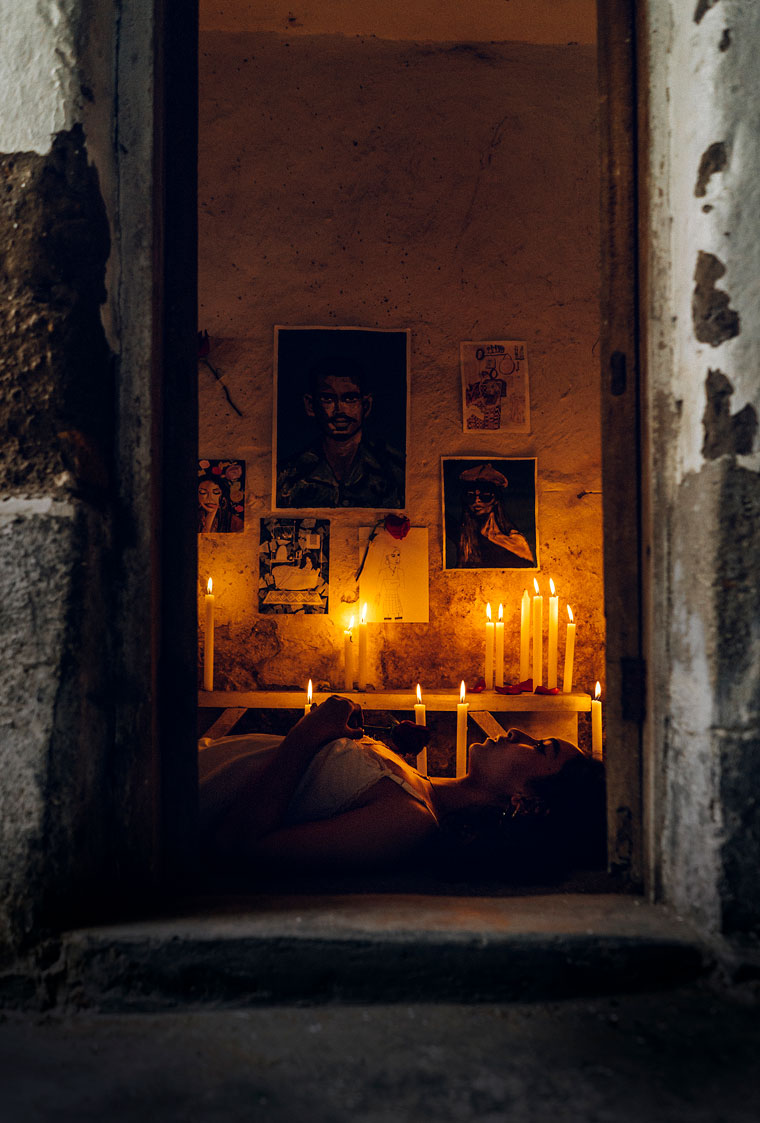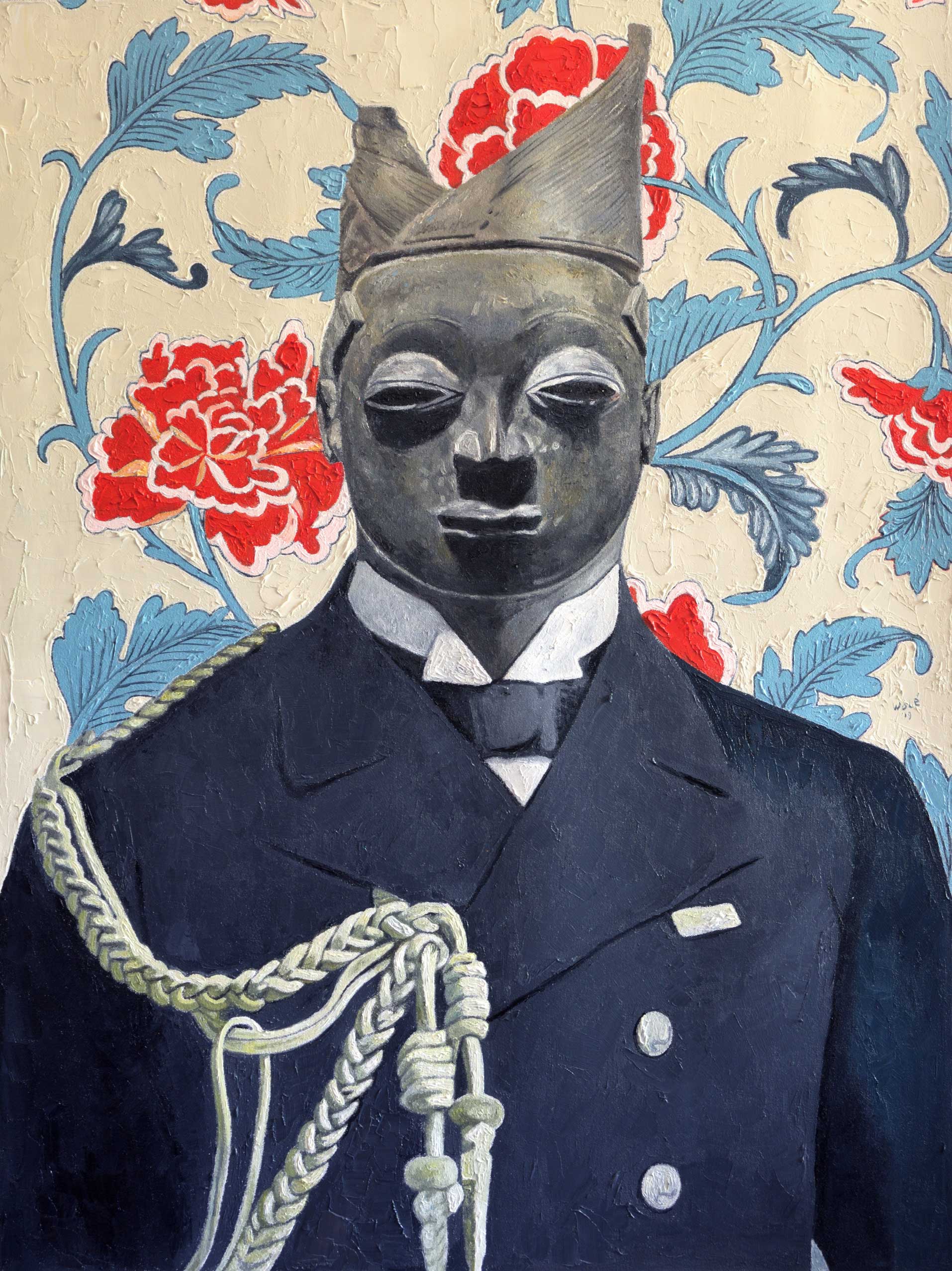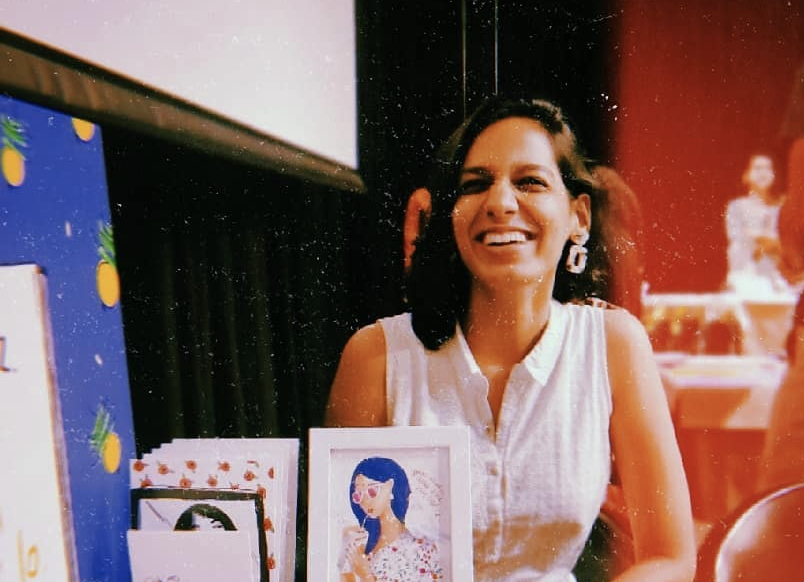Pursuit of Portraits began in November of 2015, as a sole venture by Saunak Shah, with the aim to connect artists and their art and begin a global conversation around photography, portraiture and the socio-ethical and cultural circumstances that lead to the creation of it, past the structures and limits of social media. In a year, Saunak and his growing team of collaborators have traveled to 21 countries and 5 continents, including China, Indonesia, Brazil, Chile, Vietnam, South Africa, Kenya, and Morocco amongst many more, and reached over 50 million people through their releases.
In this, not only have Saunak and his team provided emerging artists an avenue to showcase their work and connect with artists on a global scale, past geopolitical boundaries, but also, they have begun a newer conversation around global art, the idea of space and portraiture and cultural diversity.
We join Saunak here for a conversation about his journey, influences and a discussion on how he perceives the importance of art in a world dominated by social media.
Shrey: Saunak, we’re so happy to have you here! So, tell us about your journey. Where did you grow up, and what was your childhood like?
Saunak: I grew up in Mumbai, India until I was 10 years old. After that, I spent the next 8 years at a boarding school in the city of Gwalior. My childhood was highly influenced by my parents who both had an eye for photography. Even though I was away for such a long time, I grew up amongst picture postcards my father would bring back from his travels abroad. It made me want to travel to all those iconic places and re-live those places that I grew up seeing. Being the youngest of 3, I was always blessed with abundance of love. Even though boarding school was tough, my parents wanted a different future for us kids; away from the hustle and bustle of the big city where we could cultivate and foster habits and a sense of discipline that my parents believed would take us far.
Anandita: Your family sounds so invested in art, which is rare. Growing up, what was your personal engagement with the visual form like? How did you start?
Saunak: So I was in boarding school from age 10, where I had a chance to truly find my calling in the visual arts and dramatics even though I remember being poetic and artistic since I was younger. My summer vacations in Mumbai were surrounded around my curiosity for my Dad’s elaborate camera gear and tropical fish, Mom’s oil paintings and harmonium classes, my brother’s passion for Batik, metal work and sculpture and my sister’s renderings and 3D models as she was pursuing architecture. There was always so much inspiration to be drawn from. It was then that I saw myself engaging in art forms that fuelled my passion. I was making charcoal portraits, learning graphic design when it was only just picking up in India, venturing on summit expeditions in the Himalayas, par-taking in inter-school debates and leading the photography department when I was a senior where I would spend hours over the weekend as I would develop my own film in the darkroom. Staying away from Mumbai for 8 years in a boarding school gave me the time and space to find my creative spark and set the foundations of what I know today.
Shrey: What has been your family’s reaction to taking up art in a professional capacity? That’s still quite rare in India, as of yet. What do you think were formative experiences that lead to you taking up this practice?
Saunak: Even though I was a Science student while in high school, my parents always knew that I was cut for the arts…always a little bit of a dreamer than a realist; thinking with my right brain over the left. Always an explorer even when I was a child. Being artists themselves, they wanted a future for me where I would be able to openly express my creativity. Painting, Photographer, Dramatics, Design and Adventure were the stepping stones during school that set me strong for the years ahead. Despite my rigorous schooling, I consider myself fortunate to be able to go through a non-conventional upbringing and have the support of family that was open to my choices that would ultimately pave the path to bringing me where I find myself today.
Anandita: You know, many of the artists we interview often practice other forms as well, but are mostly paid note to on the basis of their dominant form. As a person with a background in other visual fields as well (graphic design, for instance), what do you think makes it such a powerful medium?
Saunak: All fundamentals of visual design set the key foundations in how I take photographs or see things around me. Color theory, typography, composition, and layout are all aspects of graphic design that help me create and see photos in a different way. Photography is the art of capturing stories that are made stronger when they are seen through the lens of visual design. You’re no longer just taking a photo, you’re constantly thinking about creating a visual advertisement right before you hit the shutter.
Shrey: I guess the form also changes based on who you’re making it for. What made you decide to leave your job at IBM? How was the transition of moving from working for someone, to on your own? Is there anything you regret?
Saunak: I was working in the corporate sector for 12 years. Having a full-time job was great because it provided stability and a good income but I was at a point in my life where I needed to finally fuel my spirit for adventure and go on this road to self-discovery. It didn’t come easy because it meant I had to change my lifestyle altogether and get out of my comfort zone. I had two months before I set off in November 2017 when I had to pack up my house and leave everything in storage. I sold my car, rented my houses and for the next year I had to live out of a suitcase. I think there’s a certain amount of risk, commitment, and discipline that’s involved when it comes to working for oneself. I personally think that one needs to weigh out personal and professional goals in order to take on any venture. For me, it was important that I was fulfilling my dream to travel, meet people, connect in-person and feeling a sense of fulfillment. There are no regrets.
Anandita: That is inspiring. Why did you choose portraiture in particular? How do you read portraiture as an aesthetic choice in the current art world, with more mainstream avenues like Humans of New York among others practicing the same?
Saunak: For me portraiture is more than sharing powerful stories and a click of the shutter, it’s about the overall aesthetic of the shot which can be influenced by your own personal taste but also by other things like the right lighting and mood, the colors and the composition, or the styling and concept. I feel for the kind the work I do, I’m definitely striving to convey a sense of time, place and people. My work is skewed towards environmental fashion portraits where I’m attracted to concepts that highlight people or culture or lifestyle. I feel now more than ever, portraiture can be used as a medium to reach to the masses but artistically convey our personal point of views on how we see things. For me, it’s less about the immediate stories of my subject but about how I see my subject in context to the larger societal landscape of things. I’m more interested in the bigger topics that can change peoples perception, biases or stereotypes.
Shrey: True. The societal landscape and the subject influence each other mutually, which made us wonder: a lot of your work with Pursuit of Portraits takes place in unidentified spaces, and this tends to introduce newer, less traditional dimensions between the subject and the surrounding space. What has your experience with this dimension of your work been like, that of not just the subject but also the landscape?
Saunak: Unidentified spaces for me are much like under-represented people in my work. I’m drawn to places that are less iconic as much as I’m drawn to people with lifestyles that are more non-traditional. I guess it speaks to our mission at Pursuit of Portraits about embracing diversity, empowering minorities and being inclusive. We are constantly striving to touch on issues and topics that speak to various audiences and how we deliver and capture those topics is what makes the conversations around it more effective; the delivery, the presentation, the underlying metaphors, the analogy.
Anandita: In a space where you enter as a stranger, how does collaboration affect your relationship with the space you visit, and what you take away from it?
Saunak: Being drawn towards the environmental aspects of portraiture, it usually is refreshing to collaborate with creatives to work on projects that showcase a sense of place. Like any shoot, it’s essential for me to be able to tell a story that would strengthen the concept and it always opens up new possibilities. As an outsider, I feel it’s something challenging and sometimes refreshing because I’m coming in with an entirely new sense of perspective; culture, tradition, concept, and ideas. This synergy of thoughts is great because it gives an opportunity for self-growth. I’m often left with a renewed sense of intimacy and relationship with the place. The takeaway is gratifying and memorable.
Shrey: But it must be so much logistical work, planning a shoot in another part of the world! How do you usually decide where to go next, and facilitate meeting other creatives there? How much planning does this usually require? Could you elaborate on the aspects you are required to research before you delve into a shoot?
Saunak: With social media and the available resources at our disposal, I’m trying to make connections more accessible. I’m typically planning about a shoot days before I visit a new place. The cities I visited over the last year were part of the global pursuit with Pursuit of Portraits where we were hosting meet-ups with the larger community in each of these cities. As far as coordinating shoots, some are more impulsive but I’ve learned that anything that requires thorough planning and thought cannot be rushed and needs it’s fair share of ingestion. I typically start by researching about the place, the culture, the climate. I look into themes (social, political or religious) or representations that I can draw inspiration from. I’m just soaking in everything so I can be more informed. Thereafter, I look into connecting with the right creatives usually via the gram or by referrals through my network. It usually takes a few days to find a perfect team and sometimes it takes a meeting or two in person to get a feel of dynamics and interest. Sometimes, I have a budget put aside to make sure we have the right talent for the project. There are so many aspects that go into play for a perfect shoot; the team typically includes Models, Stylist, Hair & Makeup Artists, Photo & Video Assistants and the location and time of day is vital for any shoot, including the concept and direction. For me, the goal is to send the right message, raise awareness or create impact in my own way when I’m thinking about a concept and how is it culturally in context to everything that is going on.
Anandita: You have so many experiences with this form now. We’d love to hear about a particularly harrowing yet memorable shoot.
Saunak: “Drag by Death” was a shoot that I did while in Cordoba, Argentina. The idea was around 3 drag queens in latex; styled in strikingly black complemented by red highlights; metaphorically depicting death (and drag domination) in a Satirical way. Although, on the night of the shoot, what was out of our dominion was the weather. It got brutally cold and despite the skimpy outfits and the sub-zero temperature “Death by Drag” had to go on. Ironically, the shoot that was one of the most memorable shoots turned out to be a total drag by death after all…metaphorically and figuratively.
Shrey: I see it involves so much more than what’s immediately available on the surface: the colours, how they interact, the weather, the mood, the tone.
Saunak: Oh yes. Always!
Anandita: Saunak, your shoot in Vietnam was inspired by Wong Kar-Wai’s “In the Mood for Love”, which occurs in Hong Kong. This was a geo-spatial movement, but also a temporal and cultural one. What inspired you to co-opt this movie to Vietnam, in particular? Further, how did this process of adaption (or re-imagining, if you will) come to you, and how did it work? In its technicalities and artistic choices. What advice would you give to someone looking to conduct a kind of adaptation, between forms and spaces?
Saunak: Adaptation, Inspiration, and re-imagination is an accurate way to look at concepts that have been influenced by notable works of visual art or otherwise. “In the mood for love” is one of my favorite films where I always felt the sense of underlying tension between the protagonists; physically and emotionally. I wanted to re-imagine that feeling in a completely new city where sense of place was the driving force around the protagonist. The city of Hanoi was the perfect backdrop where the chaos of the day is complemented by the uncharacteristic calm of the night. The shoot was led by Vietnamese creative and the hair, make-up, and accessories added to the overall drama including the use of color, patterns, and light. I was happy with the ultimate results especially because the idea was transcended across time, place and people. If I were to give any advice to creatives out there, it would be to keep challenging yourself to see inspiration in every day no matter where you are. There’s also a fine line between adaptation and appropriation so be mindful of cultural sensitivities and context when drawing inspiration. Don’t be shy to draw inspiration as long as it’s not flat-out imitation. Make it your own.
Shrey: So, Saunak, the impetus for Pursuit of Portraits (PoP) has been to lessen the disconnection social media tends to cause between artists, their work, and other artists which is admirable. However, as the platform for showcasing your work still occurs through social media, how did you experience lessening this sense of alienation and disconnection between viewers and the artist?
Saunak: Over the last year alone, I traveled with PoP to over 21+ countries to defy the barriers between virtual & in-person connections. We may have over 230 thousand followers online but we were able to meet over 5 thousand creators in real-time which exponentially tapped into a reach of over 50 Million. In our own small way, we are creating impact by alleviating that disconnect that social media often creates. We are entering into a marketplace of curating experiences and that’s what we are striving to head towards; one meet at a time. We aim to empower creatives irrespective of popularity or influence which thereby has created a fan-following of true advocates. Fuelled by the desire to embrace diversity and celebrate inclusivity, The Global Pursuit (via Pop) has used social media and digital influence to positively impact and support all races and cultures, minorities, gender equality, the LGBT community, and all lifestyles.
Anandita: In what way have you seen your own artistic practice transition over the year with PoP, where do you see it going next? What do you think your next project will be?
Saunak: Haha, honestly, being able to travel the last year with PoP has been life-changing. I was finally able to quit my corporate job and pursue (no pun intended) my passion for travel and photography. Having met so many people in so many cities has altered my outlook towards myself, how I see life and how I admire hard-work and determination when I see it. I’ve stumbled onto so many via PoP whose work has been a true inspiration that I’ve seen my own work evolve over the last year. I’ve always had a passion for portraits but I’ve been able to challenge myself more to see beyond color, or creed or place. I have a renewed sense of my own identity and up-bringing which has if anything reinforced the way I look at the projects I undertake and the people i meet. I’m currently planning to stay in New York City for the next few months to take some time to determine what’s next for PoP. I have a ton of ideas brewing in my head; the immediate one being able to launch The Global Pursuit Photo Exhibition sometime in Spring 2019. The pursuit has only just begun.
Shrey: Thank you for your time, Saunak. We look forward to all your future artistic endeavors!
All photos by Saunak Shah.
